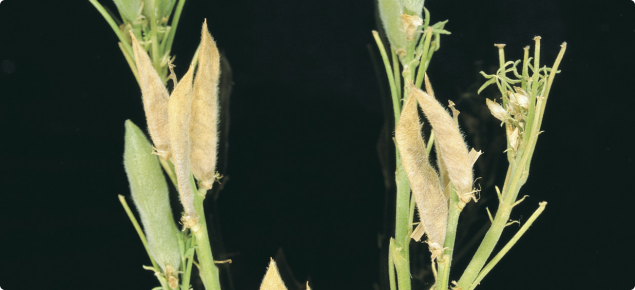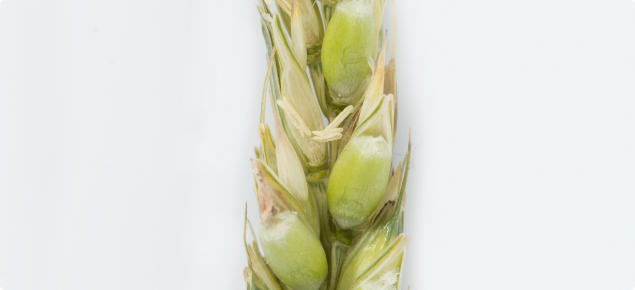Assessing frost damage
It is difficult to accurately assess the amount of frost damage in a crop because of its patchy nature and the difficulty in predicting compensation that may occur during grain-filling.
If the crop was sown early and is frosted during late August or early September, there is a good chance it will develop new tillers from its base. These may set some grain, particularly if the weather is mild and wet. In additiona the unaffected grains tend to fill to a larger size than normal because of the reduced number of grains. Mowing or harrowing to remove the damaged stems and promote growth generally reduces the final yield.
Key points for frost assessment
- Inspect crops when they are between ear-emergence and grain-filling, and when temperatures fall below 2°C at your nearest weather station.
- Examine the crop in the lower parts of the landscape, particularly light textured soils first and if damaged proceed to higher ground
- Walk through the crop and examine a whole plant every 10-20 paces.
- Inspect for damage: If the head has not emerged from the boot, check that stem and developing head has not been damaged, if the head has emerged, open the florets to check that the grain is developing.
- Tag a few heads with plastic tape and note the stage of grain fill. Return a week later to determine if grain filling is continuing.
- If the damage is very severe (eight or more heads killed out of 10) and a market for hay can be found, consider cutting the crop for hay. Do this as soon as possible after the frost so that the risk of microbial infection and loss of hay quality is small.
- If damage is not severe, yield losses may not be as great as first estimated, because of the compensation during grain filling. Monitor grain filling over the next 3-4 weeks.





